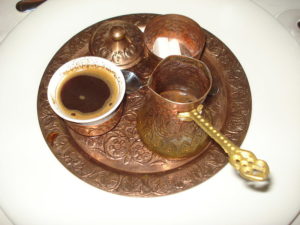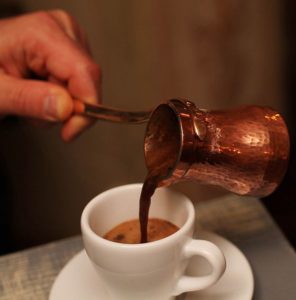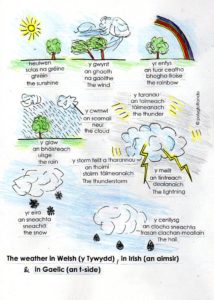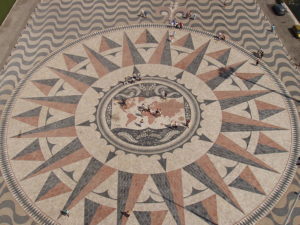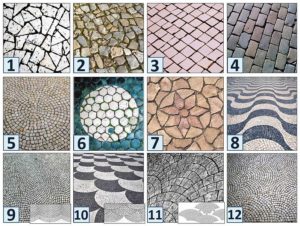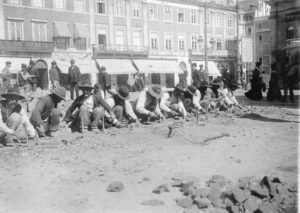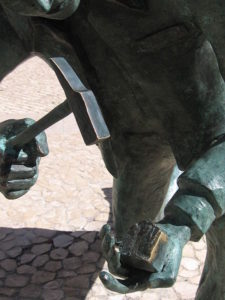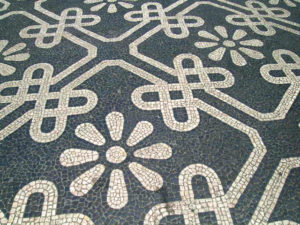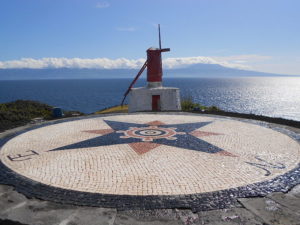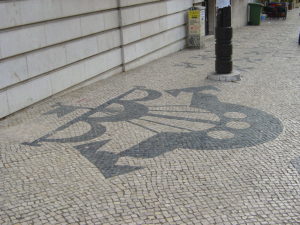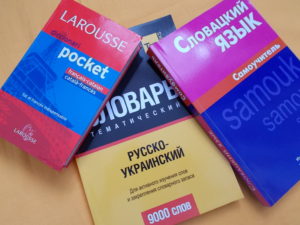Today’s blog post is taking us to Turkey (Türkiye) and to the tradition of Türk kahvesi or Turkish coffee, which is recognized as an Intangible Heritage of Turkey by UNESCO.
Türk kahvesi is a special method of coffee preparation (i.e. not a special kind of coffee bean) in which coffee is generally prepared unfiltered from roasted and finely ground coffee beans (kahve çekirdekleri; sing.kahve çekirdeği) which are simmered (but not boiled) in a cezve, a special Turkish coffee pot. The term cezve derives from the Arabic term جذوة ’ember’. The coffee is served in a cup, fincan, where the coffee grounds (kahve telvesi) are allowed to settle. If prepared well, the coffee has a thick layer of foam at the top (köpük). The word for ‘coffee’ kahve comes from the Arabic word قهوة qahwah. The importance of coffee in Turkish culture is also reflected in the word kahvaltı, breakfast, which literally means ‘before coffee’ (kahve + altı ‘under/before’.
To prepare Turkish coffee, finely ground coffee powder is immersed in hot, but not boiling, water. For each cup, 1 – 2 heaped teaspoons of coffee are used, which along with some sugar, are usually added to the water rather than first being placed into the coffeepot. The mixture is then heated until it starts to boil – at this point it is taken off the heat source. When prepared properly, a layer of foam called köpük forms on the surface of the coffee.
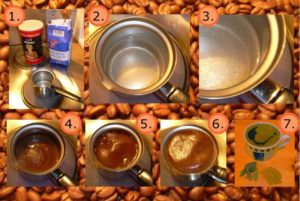
Author: Oliver Merkel, via Wikipedia Commons
Preparation of mocha coffee (Turkish Coffee). 1: Ground coffee, water, sugar, and heat source. 2, 3: heat the water till it starts bubbling. 4: add coffee. 5: continue heating and mixing. 6: heat until the mixture starts to rise, then take off the heat source to settle it down while mixing the upper part (repeated many times). This creates a foamy top. 7: pour and serve hot
Turkish culture distinguishes between four degrees of sweetness of the coffee, depending on the amount of sugar, şeker, that is added:
- sade (plain; i.e. no sugar added)
- az şekerli (little sugar; about half a level teaspoon of sugar)
- orta şekerli (medium sugar; about one level teaspoon)
- çok şekerli (a lot of sugar; 1.5 – 2 level teaspoons).
The coffee grounds left in the cup after finishing your fincan (cup) of Turkish coffee can be used for fortune-telling, called kahve falı or tasseomancy: the cup is turned over on the saucer to cool down and the patterns left by the coffee grounds, kahve telvesi, can then be interpreted to tell one’s fortune.
For more information:
https://en.wikipedia.org/wiki/Turkish_coffee
https://en.wikipedia.org/wiki/Cezve
Is there also a special beverage in your country or are there any special customs or superstitions associated with a beverage in your country? Tell us about it in the comments! 🙂

